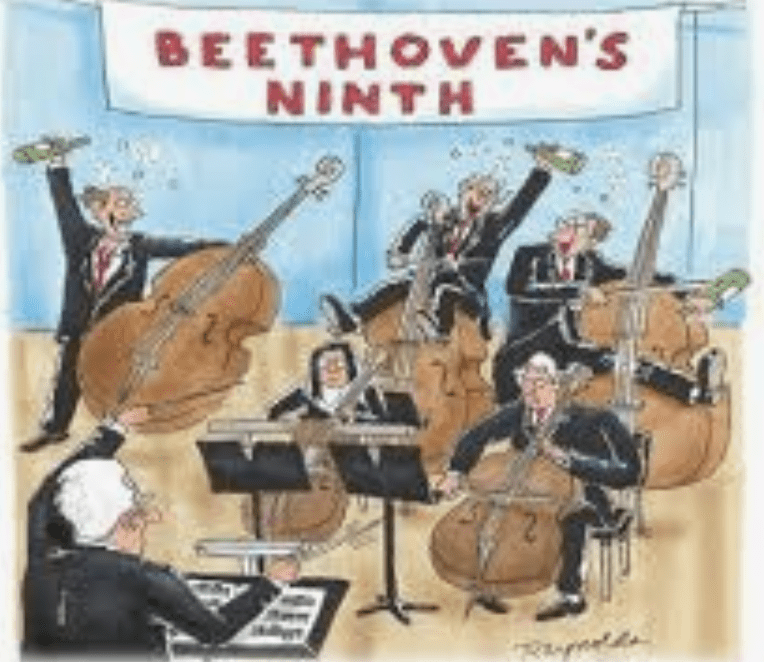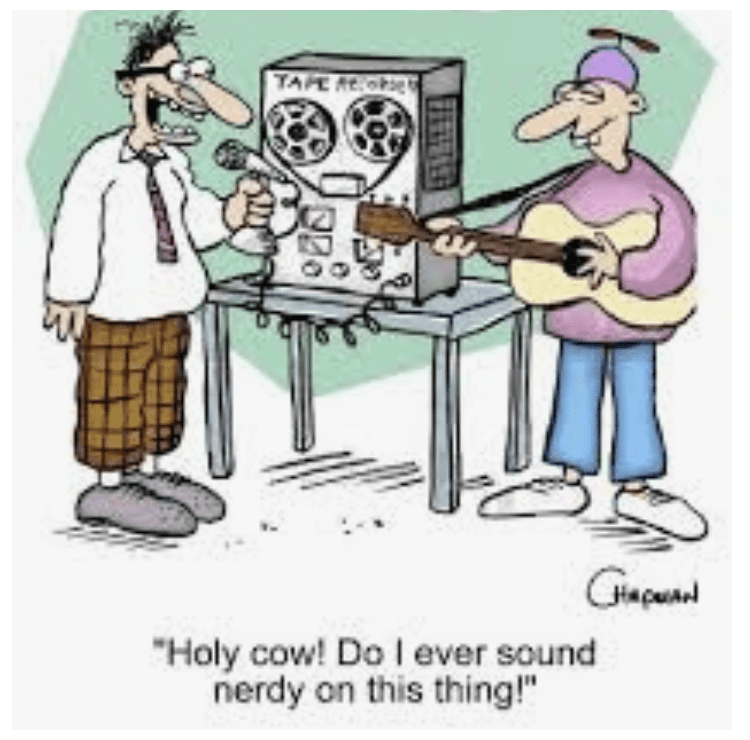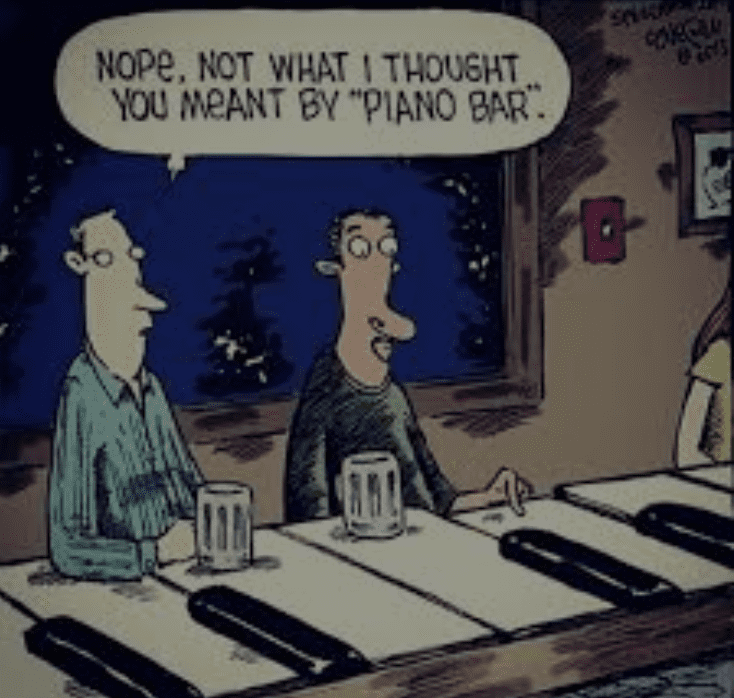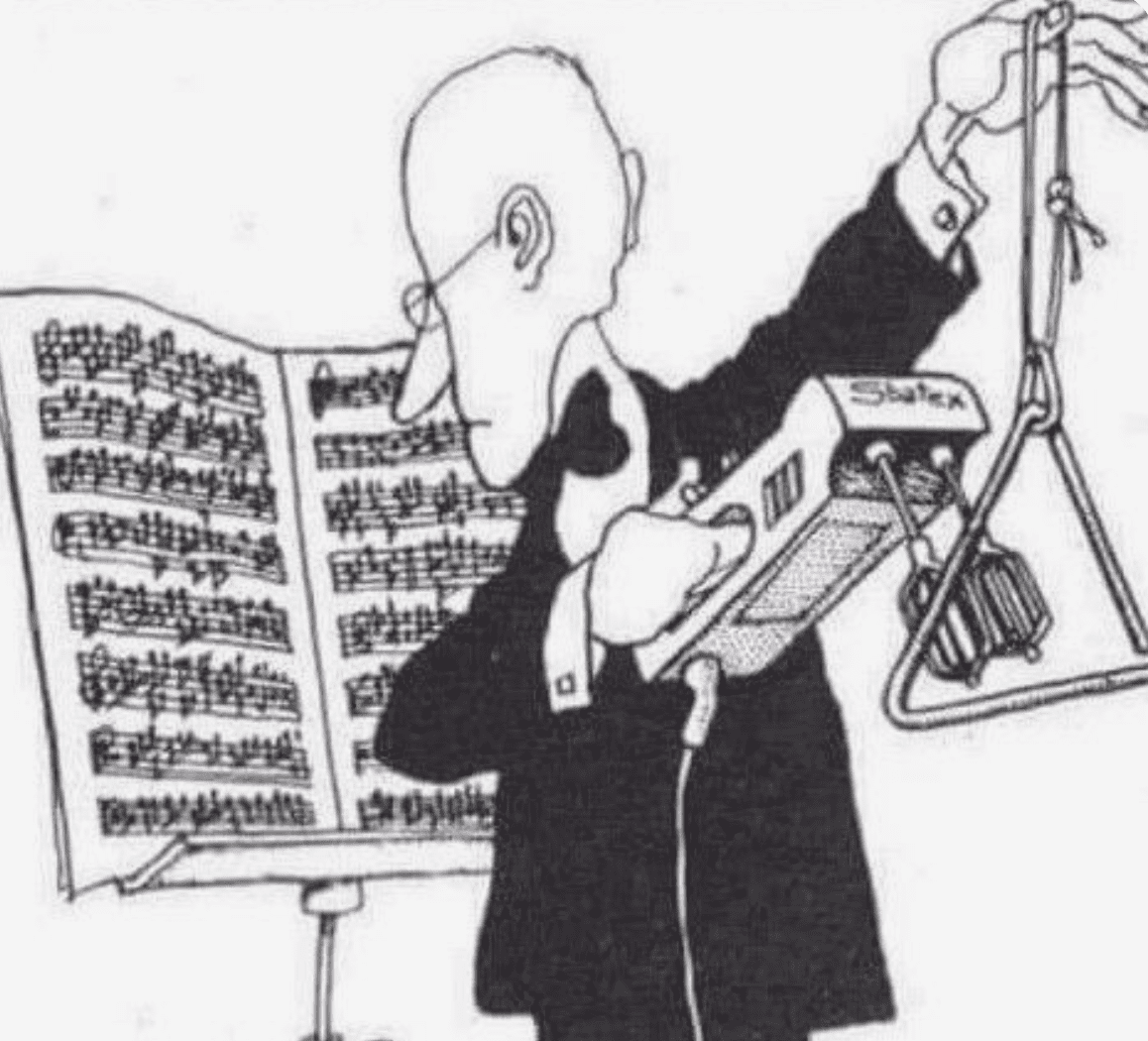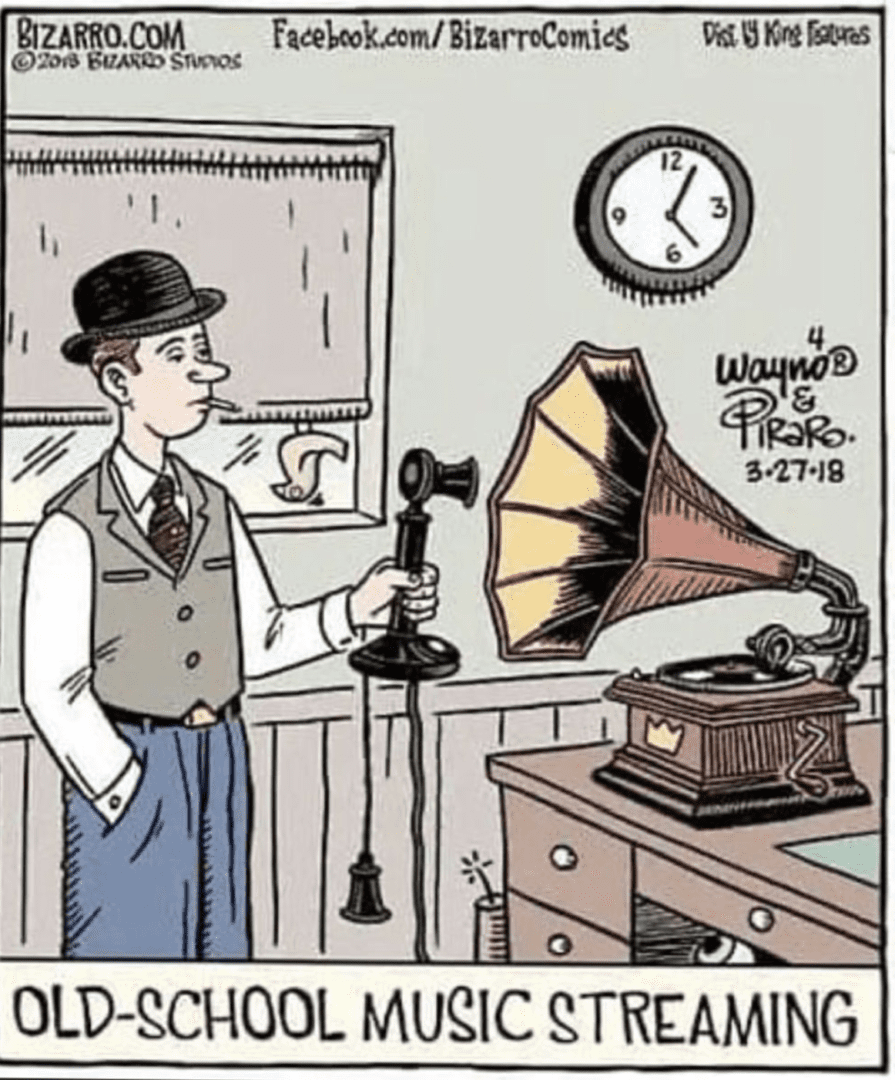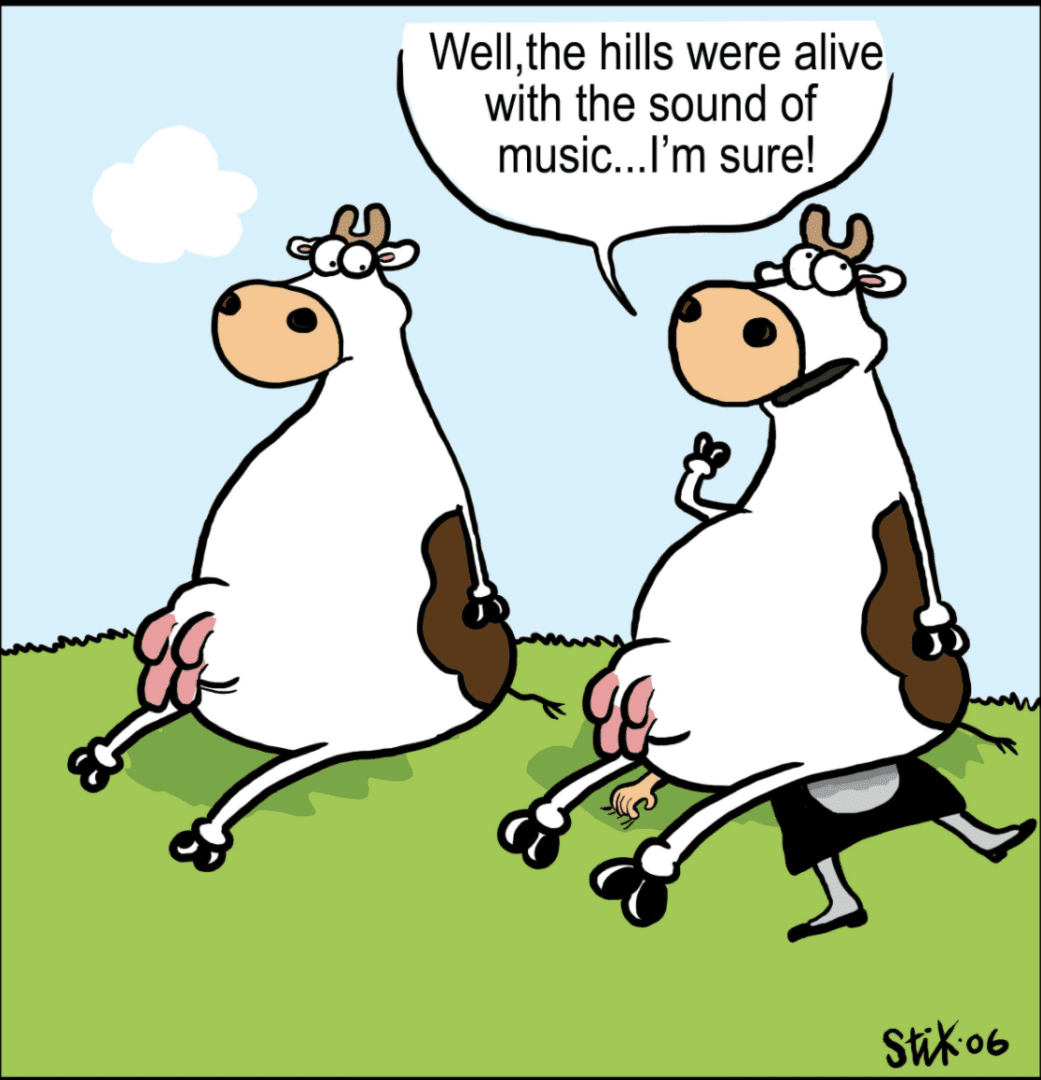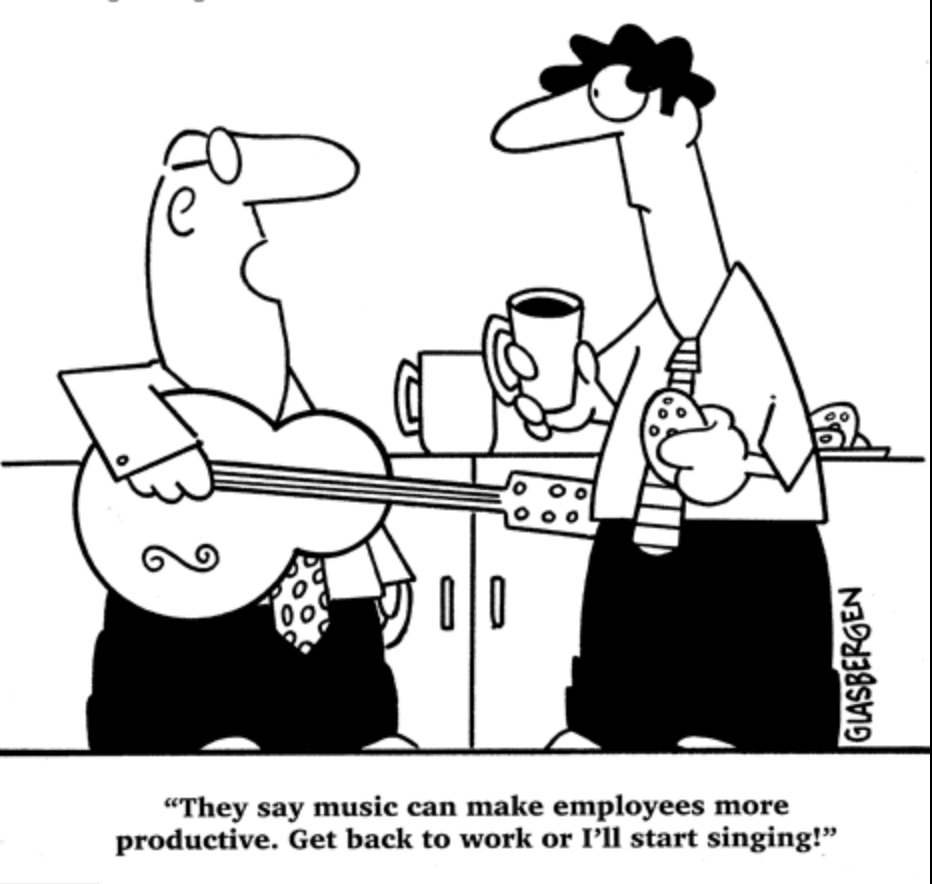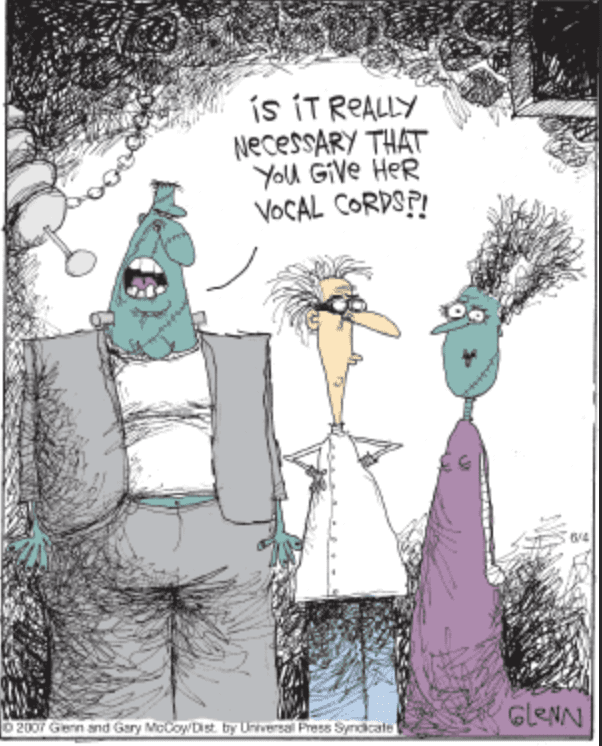Explore the Michelle Ostrove Blog
What are advanced chords? When playing piano, these chords go slightly beyond your basic major chords, minor chords and the seventh chords. A major chord is a triad, which is made up of three notes. It consists of the root, third and perfect fifth. The difference between the major and the minor chords are the change of the major third lowered a half step. And the seventh chord consists of the triad plus a note added. The note added is…
Read MoreRunning out of breath while you are singing is very common. Sometimes songs have layers of vocals and it’s impossible for one individual singer to do it all. Other times there is no break in the vocals and a singer does not have enough breath to finish the line. Another instance is when a singer has a note to hold at the end of a phrase and runs out of breath. What is a singer supposed to do when they…
Read MoreThere are many benefits of playing piano no matter your age. Learning how to play piano sharpens your fine motor skills. Motor skills are used daily throughout our lives. Fine motor skills are movements that involve smaller muscle group in your hands and wrist. Smaller children have trouble playing piano because they have not fully developed these fine motor skills. As we get older, we start to lose the fine motor skills unless we work at it. Piano also helps…
Read MoreIt’s important to make your practice a fun time. Whether you are singing or playing piano, have fun with it. The creativity needs to flow! How do you do this? Well, there are a few different ways that I like to have fun when I’m practicing. If you are singing a song with an artist, try to find harmonies to go along with the lead vocals. Sing two notes above or below the singer (a 3rd above or below). If…
Read MoreAs a singer, shaping your vowels the right way allows you to move from one syllable to the next with ease. The way you shape your vowel sounds will also help you to hit higher and lower notes. The technique is called diphthong. A vowel sound may not be as clear cut as you think. For instance, the word night has one vowel, yet it can have two vowel sounds like n-ih-ee-t or day d-ayy-ee. It is a compound vowel…
Read MoreUsing inflections when you sing will really add color and make your voice stand out from all the other singers. Inflections add variety and emphasizes specific places in a song. Have you ever tossed a rock into the water and made it skip across the surface of the water? When you make the rock skip, it causes a rippling effect in the water. That’s what inflections do to sound of your voice. All singers want to avoid boring their audience.…
Read MoreThere are different types of patterns in a song. The song form is typically a pattern. There are also melodic patterns as a singer sings the song. The harmonic patterns, rhythmic patterns and alternative patterns, played by the piano and other instruments throughout the song. There are some basic types of musical forms (song form), for instance verse-verse-chorus-verse (AABA) or verse-chorus-verse-chorus (ABAB). Some songs are written with a verse, bridge, chorus (ABC). The melodic patterns are a repetitive pattern of…
Read MoreTo create your best singing voice, it all starts with phonation. The process of sound starts with breathing into your rib cage, a brief suspension of the air, and exhalation of the air. Phonation occurs when the air is exhaled. Sound also begins as you exhale and this is called initiation or vocal onset. Phonation is the process of converting exhaled air pressure into an audible vibrational sound. As the air passes through the vocal cords (folds), it creates vibration…
Read MoreMusic theory is the study of music, examining all of the components that are used in writing a piece of music. It is the foundation for anyone learning how to play piano, musician or singer. Theory deepens your ability to understand how music is put together. It is the compilation of methods and concepts musicians use in creating music. The four key elements are music notation (written music for playing piano or sung by a human voice), time signature, key…
Read MoreYour vocal cords (also called vocal folds) are two bands of muscle that sit horizontally inside your voice box which is your larynx. When you sing breathing in, your vocal cords open. As you exhale while singing, a resistance of air flow is created by the vocal cords coming together creating sound. As they resist the air flow your vocal cords will vibrate producing the sound waves for your voice. Air pressure from the resistance is converted into sound waves.…
Read More